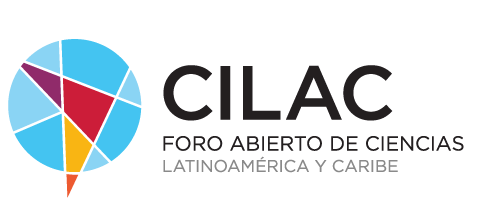
According to a new study published in Frontiers in Forests and Global Change, just left 3 percent of dry land.
Taking into account the loss of species from intact habitat, as well as the reduction in species populations, this percentage is drastically lower than previous assessments, which estimated it between 20% and 40%.
Intact habitat is increasingly being lost
As explained Andrew Plumptre from the Key Biodiversity Areas Secretariat in Cambridge, lead author of the study:
We know that intact habitat is being increasingly lost and the values of intact habitat have been demonstrated for both biodiversity and people, but this study found that much of what we consider intact habitat are lost species that have been hunted by people or that have been lost due to invasive species or disease.
However, there is hope. The authors say that by 20% the planet's land surface could be restored to faunal integrity by reintroducing just a few species into the remaining intact habitat.
Intact habitat has been shown to have important benefits for both wildlife and people and, as a result, should be a critical objective of the ongoing negotiations of the Convention on Biological Diversity following the 2020 global biodiversity framework. needs recognition of these special places within intact habitat, where there is full functional integrity, and plans to focus restoration in areas where ecological integrity could be restored.
–
The news
Only between 2% and 3% of the Earth's emerged surface can it still be considered ecologically intact
was originally published in
Xataka Science
by
Sergio Parra
.


